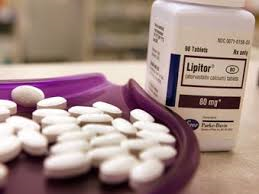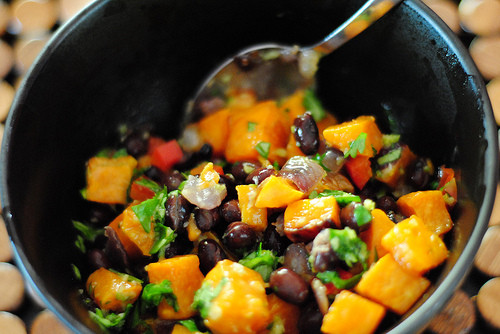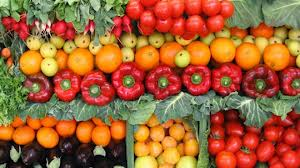 In recent years, many people who exercise have begun wearing compression clothes. These snug-fitting socks, shorts, tights or shirts, which squeeze muscles as tightly as sausage casings, are reputed to improve performance during exercise and speed recovery afterward.
In recent years, many people who exercise have begun wearing compression clothes. These snug-fitting socks, shorts, tights or shirts, which squeeze muscles as tightly as sausage casings, are reputed to improve performance during exercise and speed recovery afterward.
But a new study and several reviews of relevant research raise interesting questions about whether the garments really function as expected and help people to exercise better and, if they do, whether it is the clothing or people’s expectations doing most of the work.
The rationales for wearing compression clothing are logical enough. “The garments supposedly increase blood circulation and thus oxygen delivery for improved sport performance,” said Abigail Stickford, a postdoctoral researcher at the Institute for Exercise and Environmental Medicine at the University of Texas Southwestern Medical Center in Dallas, who led the new study of compression clothes.
said Abigail Stickford, a postdoctoral researcher at the Institute for Exercise and Environmental Medicine at the University of Texas Southwestern Medical Center in Dallas, who led the new study of compression clothes.
The clothes also are thought to refine proprioception, which is someone’s sense of how the body is positioned in space. Better proprioception should, in theory at least,  improve the efficiency of movement and reduce the number of muscles that need to be activated, making exercise less tiring.
improve the efficiency of movement and reduce the number of muscles that need to be activated, making exercise less tiring.
Meanwhile, the clothes also are believed to reduce fatigue and soreness after exercise by literally squeezing the muscles with a kind of no-hands massage and, by increasing blood flow to muscles, help to flush out unwanted exercise-related biochemical.
Source: The New York Times



